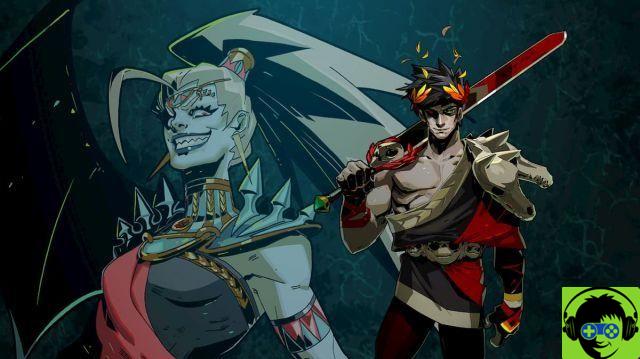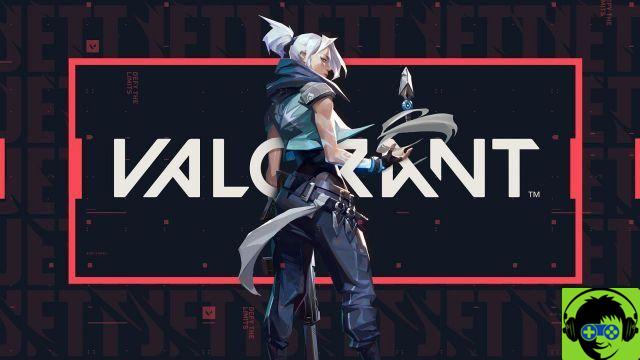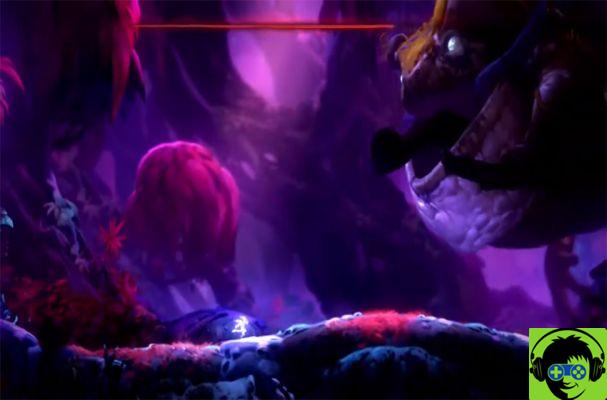
More than a year after its release on PC, Gris, a game published by Devolver Digital and developed by the independent Spanish firm Nomada Studio, continues to be talked about, both thanks to its touching themes and the recent award winning "Best game that made its mark"Ai The Game Awards.
we at Binfogamer.com we have recently been able to recover this pearl of the indie sector, examining every detail and fully analyzing all the commitment and work that the development studio has put into its realization.
So here are all our opinions on the work.
The journey to face a bereavement
The title opens with a short scene in which the young woman Gray, resting on the hand of a giant female statue, he loses his voice completely, interrupting the song he was singing and causing the statue itself to break.
After a sequence of falling into the void, the protagonist finds herself facing a journey in a bizarre world and initially melancholy, which slowly opens up more and more to her, revealing her joyful nature.

It is certainly not new that all the events that occur in the title are an allegory referring to a situation of loss of a loved one.
The narrative premise itself underlines how Gris is "a girl full of hope and lost in her world, who finds herself living a very difficult experience“, So it is easy to interpret the opening sequence as the exact moment in which the girl suffers the bereavement.
The journey he will then undertake is perfectly normal process of overcoming pain, represented both by the various environments that he will encounter and by the skills and objects he will learn to exploit.
A picture in motion
One of the greatest strengths of the title is certainly his artistic side.
Right from the start it will be evident the care shown in the realization of every graphic detail, both as regards the settings and the various characters who will meet in the story.
Each single area that will be explored will be characterized by one main theme, such as nature, the desert, the underwater world, etc., which will be further enhanced by the colors used and the artistic style that mimics that of the oil painting.

In the title there are in everything 5 macro areas, each representing the 5 phases of the famous Kübler-Ross pain acceptance pattern, starting from denial with the initial gray area and then move on to anger with the desert, the trough with the forest, the bargaining with the sea and finally acceptance with the celestial structures.
To intersperse each area, then, there will be a short sequence in which a new color will be added to the environment and the return to a central temple, which will act as the "main HUB" of the work.
A simple and intuitive gameplay
The setting is not the only context in which the aforementioned theme of the acceptance of pain can be found.
From the point of view of the gameplay, in fact, with the advancement in each area they can be obtained new skills, almost always linked to the dress of the protagonist, who will represent it emotional state of Gris and that will allow to solve the various environmental puzzles that will be gradually proposed.

In the first area there are the Mementos, memories from the past, in the desert of anger the dress turns into a heavy block that breaks the structures, in the forest of bargaining it is possible to hover upward, in the sea of depression it is possible to to swim and in the skies of acceptance the capacity for is regained to sing.
The puzzles by themselves are very accessible compared to other titles of the genre, but they will always turn out to be distinct from each other, both for the art style and for their gameplay mechanics.
If in the forest, therefore, we will find large vertical sections in which to use the shot upwards, in the sea we will find ourselves taking advantage of swimming to access hidden underwater sections, and so on.
Controls are in general responsive and immediate, and the very short tutorial screenshots for using the skills will be clear from the first moment.
Everything will be accompanied by a sound sector always suitable for every situation, generally characterized by constant piano notes, some string instruments every now and then and vocal accompaniments in the various cornerstones of the journey.
The only point on which the title suffers a little is there replayability, as the only action the player can take once the main story is over is look for all the Mementos, of the white spheres hidden in the various areas, to unlock one hidden animated scene in the final section of the game.
But wanting Gris to be more an intense narrative and artistic experience rather than a classic platformer, it is a defect that does not make itself felt that much.
A first game will last roughly about 5 hours, reaching a maximum of 10 in case you want to recover all the collectibles.

In conclusion
Gris is a one-of-a-kind indie experience, which through its accessible gameplay it's a divine artistic sector manages to transport the player for a few hours into a surreal world full of both pain and hope.
It certainly is a title that does not excel in replayability, and after the first playthrough it will be difficult to play it again, but it certainly manages to offer aexciting and engaging experience.
We recommend it to all those who want to try an artistic and touching experience, also given the low price with which it is possible to buy it on platforms such as Steam or Nintendo Switch.


























